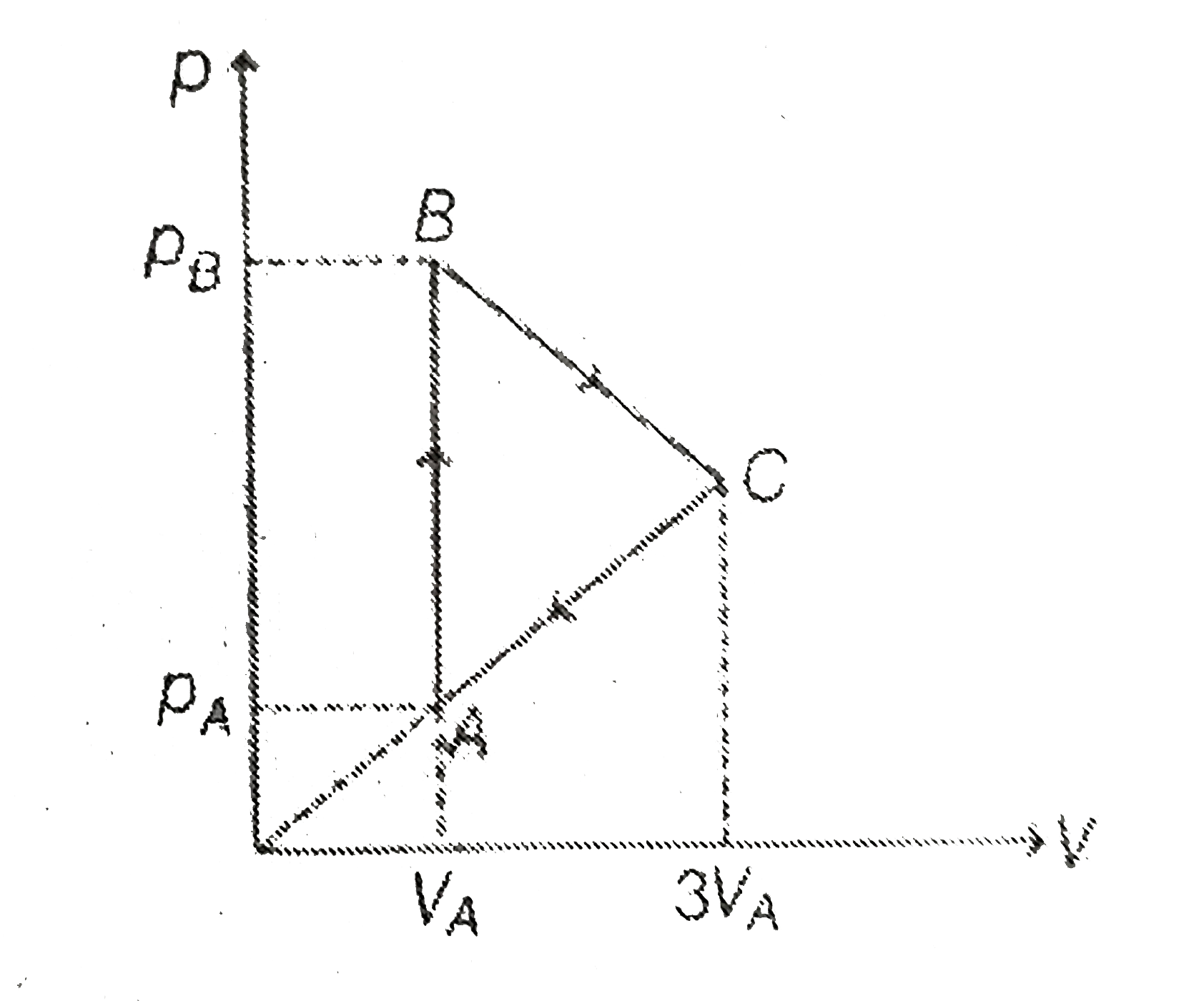Critical temperature (TC) will be maximum for the following gas ?
H2
He
N2
NH3
The correct Answer is:D
To determine which gas has the maximum critical temperature (Tc), we need to understand the concept of critical temperature and the factors that influence it.
1. Understand Critical Temperature (Tc):
- Critical temperature is defined as the temperature above which a gas cannot be liquefied, regardless of the pressure applied.
2. Identify the Factors Affecting Tc:
- The critical temperature is influenced by the strength of intermolecular forces of attraction in the gas. Stronger intermolecular forces lead to higher critical temperatures, while weaker forces result in lower critical temperatures.
3. Analyze the Given Gases:
- Let's consider the gases typically mentioned in such questions: H2, He, CO2, and NH3.
- H2 and He are both non-polar gases with weak intermolecular forces (London dispersion forces), leading to low critical temperatures.
- CO2, being a polar molecule, has stronger intermolecular forces (dipole-dipole interactions) than H2 and He, resulting in a higher critical temperature.
- NH3 has strong hydrogen bonding, which is a significant type of intermolecular force, leading to an even higher critical temperature than CO2.
4. Compare the Critical Temperatures:
- Based on the strength of intermolecular forces:
- H2 and He: Low Tc (weak forces)
- CO2: Moderate Tc (stronger forces than H2 and He)
- NH3: High Tc (strong hydrogen bonding)
5. Conclusion:
- Among the gases listed, NH3 has the strongest intermolecular forces due to hydrogen bonding, which results in the highest critical temperature.
Final Answer:
The gas with the maximum critical temperature (Tc) is NH3 (Ammonia).
- Critical temperature is defined as the temperature above which a gas cannot be liquefied, regardless of the pressure applied.
- The critical temperature is influenced by the strength of intermolecular forces of attraction in the gas. Stronger intermolecular forces lead to higher critical temperatures, while weaker forces result in lower critical temperatures.
- Let's consider the gases typically mentioned in such questions: H2, He, CO2, and NH3.
- H2 and He are both non-polar gases with weak intermolecular forces (London dispersion forces), leading to low critical temperatures.
- CO2, being a polar molecule, has stronger intermolecular forces (dipole-dipole interactions) than H2 and He, resulting in a higher critical temperature.
- NH3 has strong hydrogen bonding, which is a significant type of intermolecular force, leading to an even higher critical temperature than CO2.
- Based on the strength of intermolecular forces:
- H2 and He: Low Tc (weak forces)
- CO2: Moderate Tc (stronger forces than H2 and He)
- NH3: High Tc (strong hydrogen bonding)
- Among the gases listed, NH3 has the strongest intermolecular forces due to hydrogen bonding, which results in the highest critical temperature.
The gas with the maximum critical temperature (Tc) is NH3 (Ammonia).
Similar Questions
A sample of ideal gas is taken through the cyclic process shown in the figure. The temerauture of the gas in state A is TA =200 K. In states B and C the temperature of the gas is the same.

Which of the following graphs best reprsent the cyclic process in T-V diagram
View SolutionCritical temperature of the gas is the temperature
View SolutionThe critical temperature of a substance is
View SolutionThe critical temperature of a substance is
View SolutionElectrical resistance of certain materials, known as superconductors, changes abruptly from a nonzero value of zero as their temperature is lowered below a critical temperature TC(0). An interesting property of super conductors is that their critical temperature becomes smaller than TC(0) if they are placed in a magnetic field, i.e., the critical temperature TC(B) is a function of the magnetic field strength B. The dependence of TC(B) on B is shown in the figure.
 .
.
In the graphs below, the resistance R of a superconductor is shown as a function of its temperature T for two different magnetic fields B1(solid line) and B2 (dashed line). If B2 is larget than B1 which of the following graphs shows the correct variation of R with T in these fields?
View SolutionThe critical temperature of a substance is:
View SolutionFigure shows graphs of pressure vs density for an ideal gas at two temperature T1andT2. Which of the following is correct?

View SolutionAssertion : Lower the cirtical temperature for a gas, more easily can it is liquefied.
Reason : Critical temperature is the temperature above which above which a gas cannot liquefied depending upon the pressure.
View SolutionFollowing represents the Maxwell distribution curve for an ideal gas at two temperature T1 and T2 . Which of the following option(s) is/are true?

View SolutionCritical temperature of a substance is defined as :
View Solution
